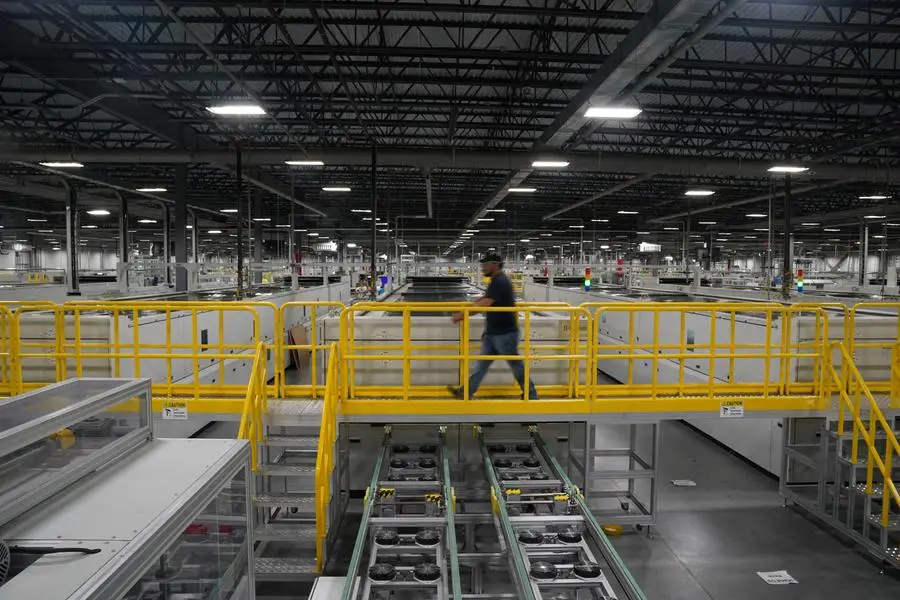PHOTO
LONDON - U.S. manufacturers are nearing the end of an unusually prolonged but shallow slowdown in the business cycle which should start to boost energy consumption later in 2024.
The Institute for Supply Management (ISM)'s manufacturing purchasing managers index increased to 49.1 (25th percentile for all months since 1980) in January up from 47.1 (16th percentile) in December.
Index readings have been progressively increasing from a low of 46.0 (11th percentile) in June 2023 and this month's was the highest since October 2022, indicating the sector is poised to resume expansion.
The recent slowdown in manufacturing has been highly unusual – much longer than a normal mid-cycle slowdown or "soft patch" but far less severe than a normal cycle-ending recession.
The composite index has been below the 50-point threshold dividing expanding activity from a contraction for 15 consecutive months since October 2022.
The duration has had much more in common with a recession (generally 11 months or more) than a mid-cycle slowdown (usually eight months or fewer).
But the downturn seems to have been shallow with monthly production volumes down by less than 2% and in most cases by less than 1% since the peak in October 2022 according to separate data from the Federal Reserve.
The depth has much more in common with a mid-cycle soft patch than any of the formal recessions in the last 50 years.
Chartbook: U.S. manufacturing and diesel use
In any event, the slowdown appears to be nearly over with production increasing and new orders rising strongly in January.
The production sub-index climbed to 50.4 (22nd percentile) up from 50.3 (21st percentile) in December and a low of 46.7 (10th percentile) in June 2023.
The new orders sub-index surged to 52.5 (34th percentile) up from 47.1 (13th percentile) in December and a low of 42.6 (6th percentile) in May 2023.
The strong increase in new orders should ensure overall activity continues to increase through the first few months of 2024.
DIESEL DEMAND
Consumption of diesel and other distillate fuel oils is closely correlated with the manufacturing and freight cycle so the business upturn is very likely to result in renewed growth in distillate use in 2024.
The volume of distillates supplied to the domestic market, a proxy for consumption, has been flat or down slightly since reaching a cyclical peak in the middle of 2022.
The downturn in consumption has generally been around 100,000 barrels per day (b/d), less than 3% of the cyclical peak, consistent with the reported shallow drop in manufacturing output.
Once biodiesel and other renewable diesel are included, fuel consumption has been largely flat since the middle of 2022.
If the manufacturing sector returns to growth, which now seems very likely, diesel consumption will start to rise again in the first half of 2024.
But distillate inventories were just 131 million barrels on Jan. 26, which was still 10 million barrels (-7% or -0.54 standard deviations) below the prior 10-year seasonal average.
The deficit has narrowed from 19 million barrels (16% or -1.44 standard deviations) in mid-November but stocks are relatively tight for this stage in the business cycle.
If the manufacturing sector starts growing again, fuel inventories will deplete and fuel prices will start to escalate relatively quickly.
John Kemp is a Reuters market analyst. The views expressed are his own. Follow his commentary on X https://twitter.com/JKempEnergy
(Editing by David Evans)





















